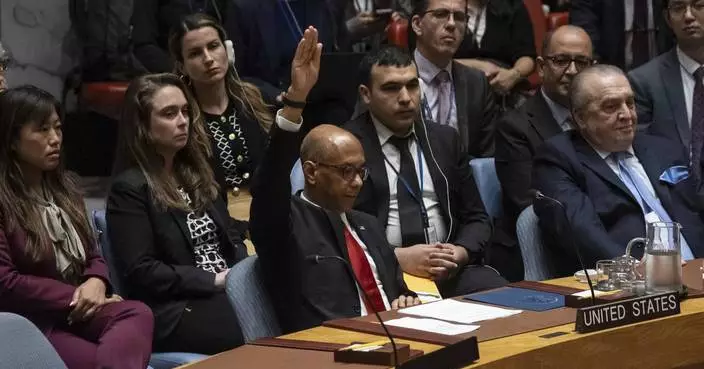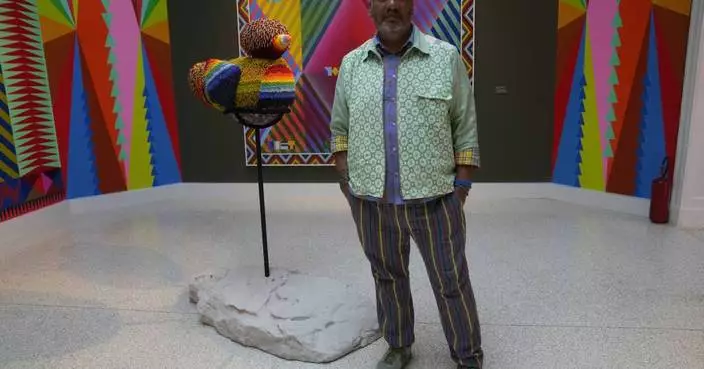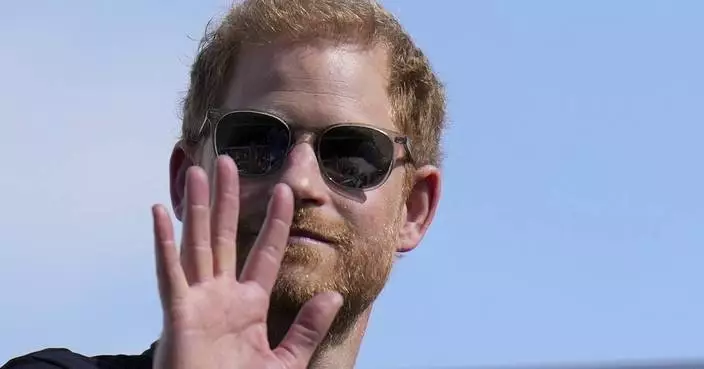Journalists are entitled to hear and not just see the entire process of executing condemned inmates in Arizona, a U.S. appeals court said Tuesday in a ruling that criticized Arizona's "checkered past with executions."
In the case stemming from what a lawyer called a botched execution, the 9th U.S. Circuit Court of Appeals also ruled that the media and death-row inmates are not entitled to information about the origins of execution drugs or the qualifications of executioners.
The case challenges procedures created after the 2014 execution of Joseph Wood, who was given 15 doses of a lethal two-drug combination and repeatedly gasped and snorted during a two-hour ordeal.
The case was filed by seven condemned inmates and the First Amendment Coalition of Arizona. They argued the information on drugs and executioners would help the public determine whether the death penalty is carried out humanely.
The state's procedures currently allow journalists, lawyers and family members to witness executions, first on a video monitor while the inmate is strapped to a table and an intravenous line is inserted, then through a window as drugs are administered.
A microphone is turned off after the IV line is placed, according to the ruling.
The judges found that the process violates the First Amendment because it deprives the media of access to governmental proceedings.
They were not convinced, however, that the First Amendment requires the Arizona Department of Corrections to divulge other information about executions.
The death-row inmates and the First Amendment Coalition argued the state should be required to reveal information about the source and quality of execution drugs — including the manufacturer, supplier, lot number and expiration date — as well as the training of execution team members responsible for inserting IV lines.
"Given Arizona's checkered past with executions, we are troubled by the lack of detailed information regarding execution drugs and personnel," Judge Paul J. Watford wrote in the court's opinion.
However, Watford wrote, there's no First Amendment right to access that information.
Like other states, Arizona has struggled in the past to buy execution drugs after U.S. and European pharmaceutical companies began blocking the use of their products in lethal injections.
In 2015, Arizona tried to illegally import an anesthetic that has been used to carry out executions but is no longer manufactured by companies approved by the Food and Drug Administration. The state never obtained the shipment because federal agents stopped it at the Phoenix airport.
Arizona has not executed anyone since Wood in 2014. After a five-year hiatus, Attorney General Mark Brnovich said in July that the state is poised to resume executions and asked Gov. Doug Ducey for help in obtaining lethal drugs.
There are 116 inmates on death row, including 14 who have exhausted all their appeals.
TOKYO (AP) — The American envoy to the United Nations called Friday for countries armed with atomic weapons to pursue nuclear disarmament as she visited the atomic bomb museum in Nagasaki, Japan.
Linda Thomas-Greenfield, who became the first U.S. cabinet member to visit Nagasaki, stressed the importance of dialogue and diplomacy amid a growing nuclear threat in the region.
“We must continue to work together to create an environment for nuclear disarmament. We must continue to prevent the spread of nuclear weapons in every corner of the world,” she said after a tour of the atomic bomb museum.
“For those of us who already have those weapons, we must pursue arms control. We can and must work to ensure that Nagasaki is the last place to ever experience the horror of nuclear weapons,” she added, standing in front of colorful hanging origami cranes, a symbol of peace.
The United States dropped the world’s first atomic bomb on Hiroshima on Aug. 6, 1945, destroying the city and killing 140,000 people. A second attack three days later on Nagasaki killed 70,000 more people. Japan surrendered on Aug. 15, ending World War II and its nearly half-century of aggression in Asia.
Nagasaki Gov. Kengo Oishi said in a statement that he believed Thomas-Greenfield's visit and her first-person experience at the museum “will be a strong message in promoting momentum of nuclear disarmament for the international society at a time the world faces a severe environment surrounding atomic weapons.”
Oishi said he conveyed to the ambassador the increasingly important role of Nagasaki and Hiroshima in emphasizing the need of nuclear disarmament.
Thomas-Greenfield's visit to Japan comes on the heels of Prime Minister Fumio Kishida's official visit to the United States last week and is aimed at deepening Washington's trilateral ties with Tokyo and Seoul. During her visit to South Korea earlier this week, she held talks with South Korean officials, met with defectors from North Korea and visited the demilitarized zone.
The ambassador said the United States is looking into setting up a new mechanism for monitoring North Korea's nuclear weapons program. Russia and China have thwarted U.S.-led efforts to step up U.N. sanctions on North Korea over its ballistic missile testing since 2022, underscoring a deepening divide between permanent Security Council members over Russia’s war on Ukraine.
She said it would be “optimal” to launch the new system next month, though it is uncertain if that is possible.
The U.N. Security Council established a committee to monitor sanctions, and the mandate for its panel of experts to investigate violations had been renewed for 14 years until last month, when Russia vetoed another renewal.
In its most recent report, the panel of experts said it is investigating 58 suspected North Korean cyberattacks between 2017 and 2023 valued at approximately $3 billion, with the money reportedly being used to help fund its weapons development.
The United States, Japan and South Korea have been deepening security ties amid growing tension in the region from North Korea and China.
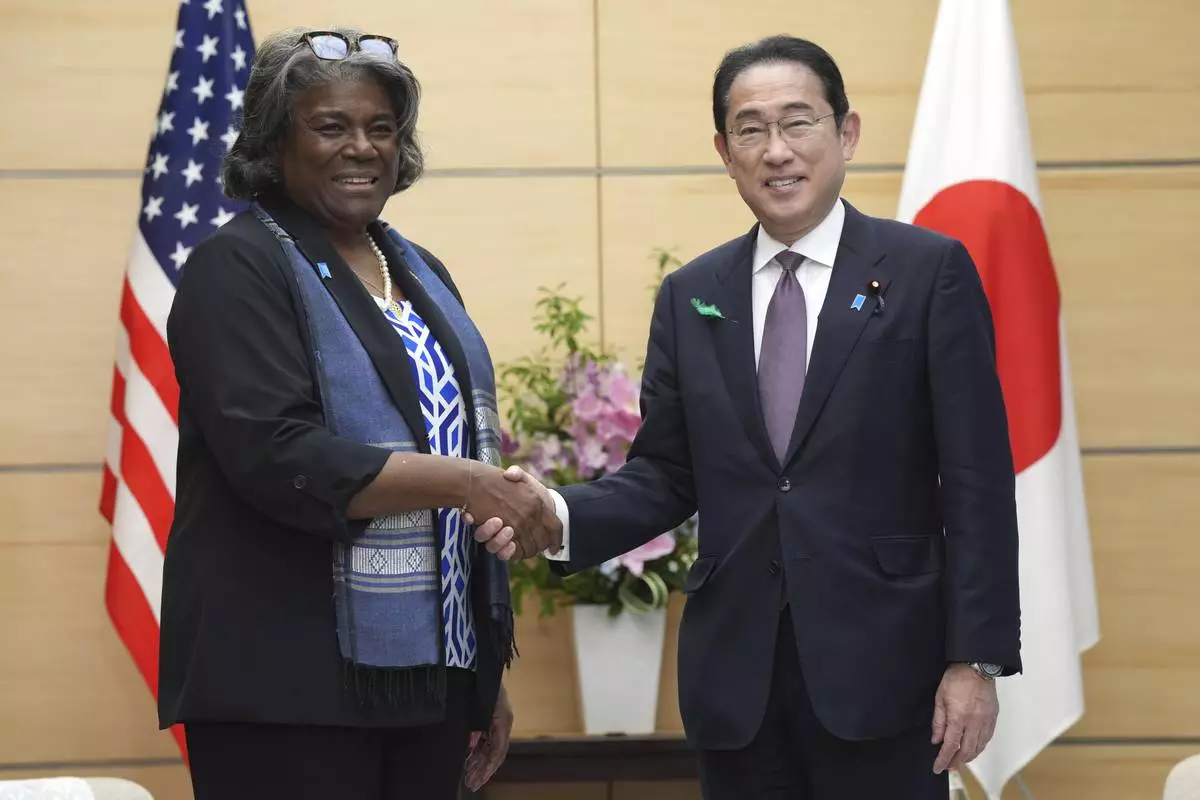
U.S. Ambassador to United Nations Linda Thomas-Greenfield, left, and Japan's Prime Minister Fumio Kishida, right, shake hands during a meeting Friday, April 19, 2024, at prime minister's office in Tokyo. (AP Photo/Eugene Hoshiko, Pool)

U.S. Ambassador to United Nations Linda Thomas-Greenfield, left, and Japan's Prime Minister Fumio Kishida, right, shake hands during a meeting Friday, April 19, 2024, at prime minister's office in Tokyo. (AP Photo/Eugene Hoshiko, Pool)
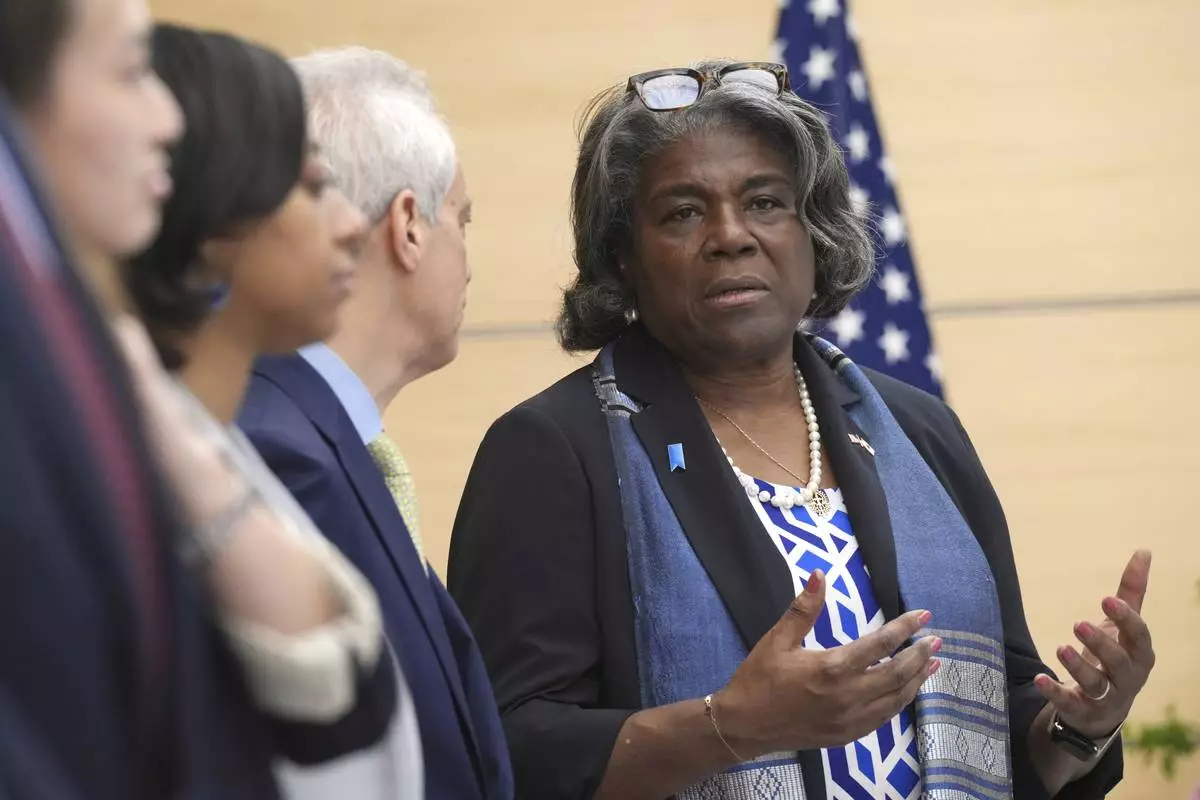
U.S. Ambassador to United Nations Linda Thomas-Greenfield, right, speaks to Rahm Emanuel, U.S. Ambassador to Japan, second right, as they wait for a meeting with Japan's Prime Minister Fumio Kishida Friday, April 19, 2024, at prime minister's office in Tokyo. (AP Photo/Eugene Hoshiko, Pool)
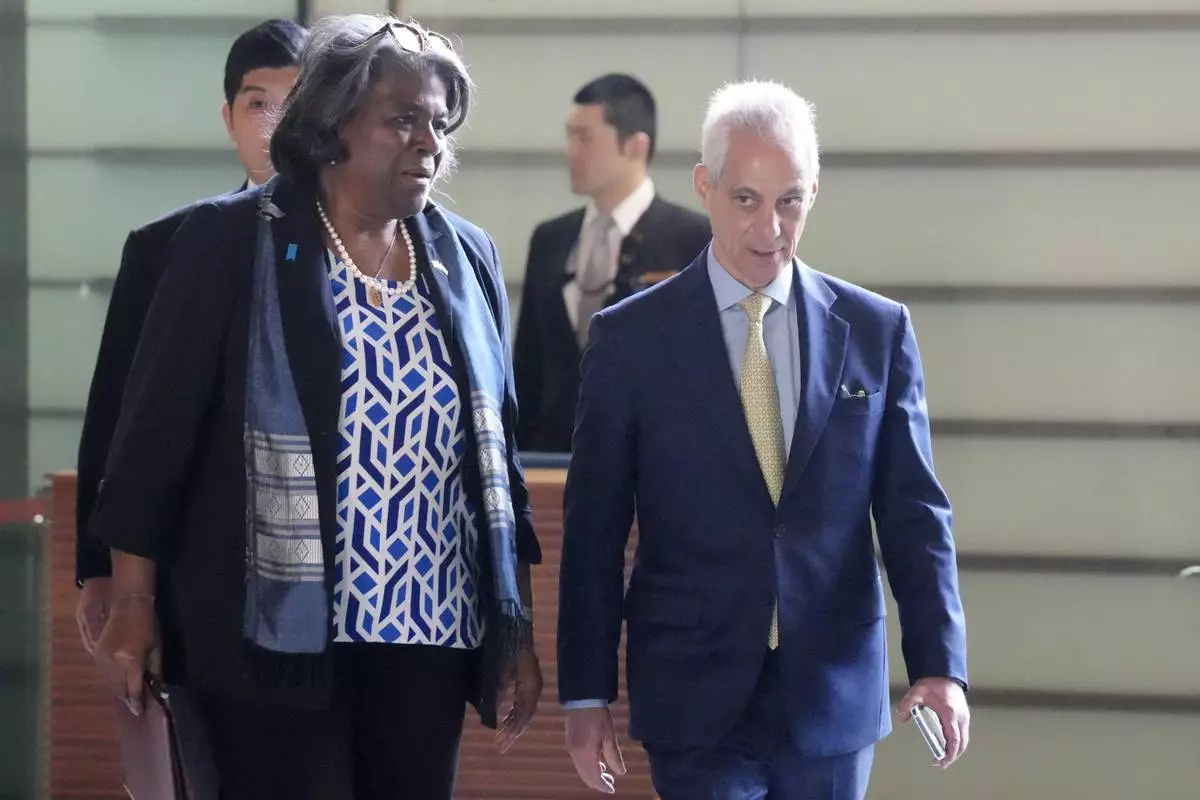
U.S. Ambassador to United Nations Linda Thomas-Greenfield, left, and Rahm Emanuel, U.S. Ambassador to Japan, right, walk to meet Japan's Prime Minister Fumio Kishida Friday, April 19, 2024, at prime minister's office in Tokyo. (AP Photo/Eugene Hoshiko, Pool)
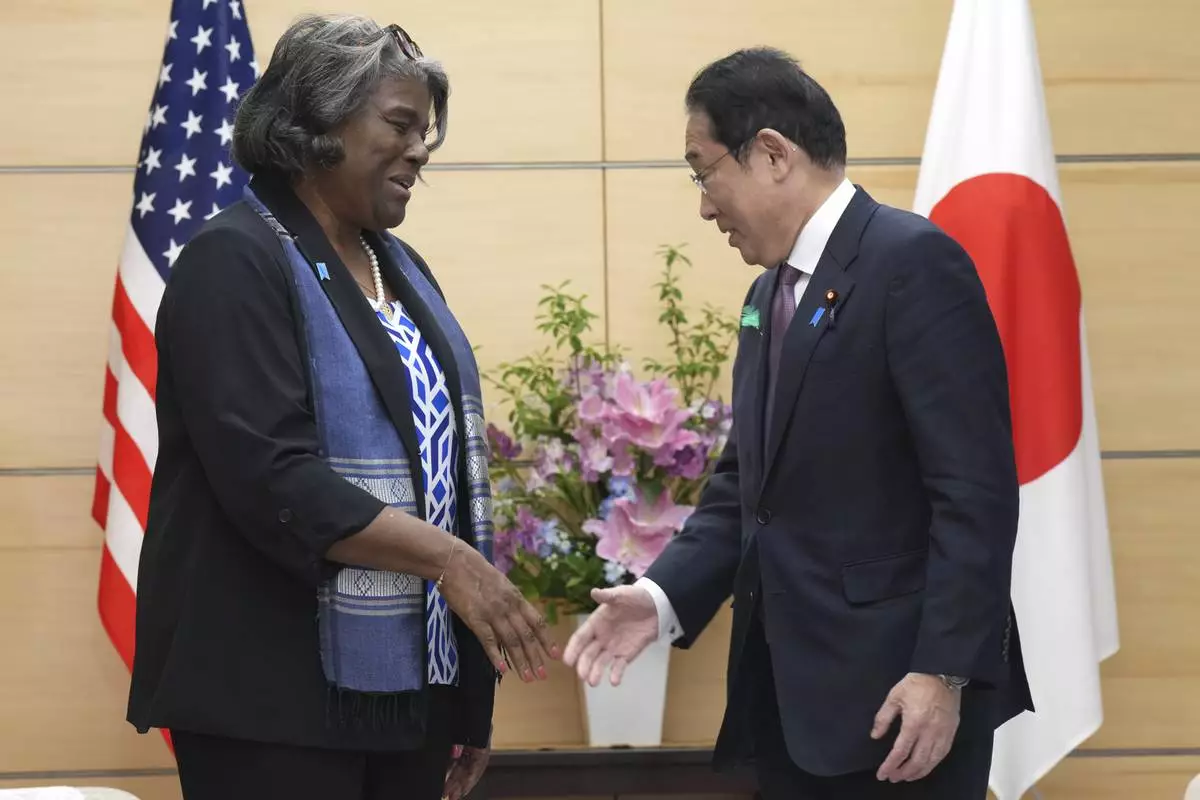
U.S. Ambassador to United Nations Linda Thomas-Greenfield, left, and Japan's Prime Minister Fumio Kishida, right, talk prior to a meeting Friday, April 19, 2024, at prime minister's office in Tokyo. (AP Photo/Eugene Hoshiko, Pool)
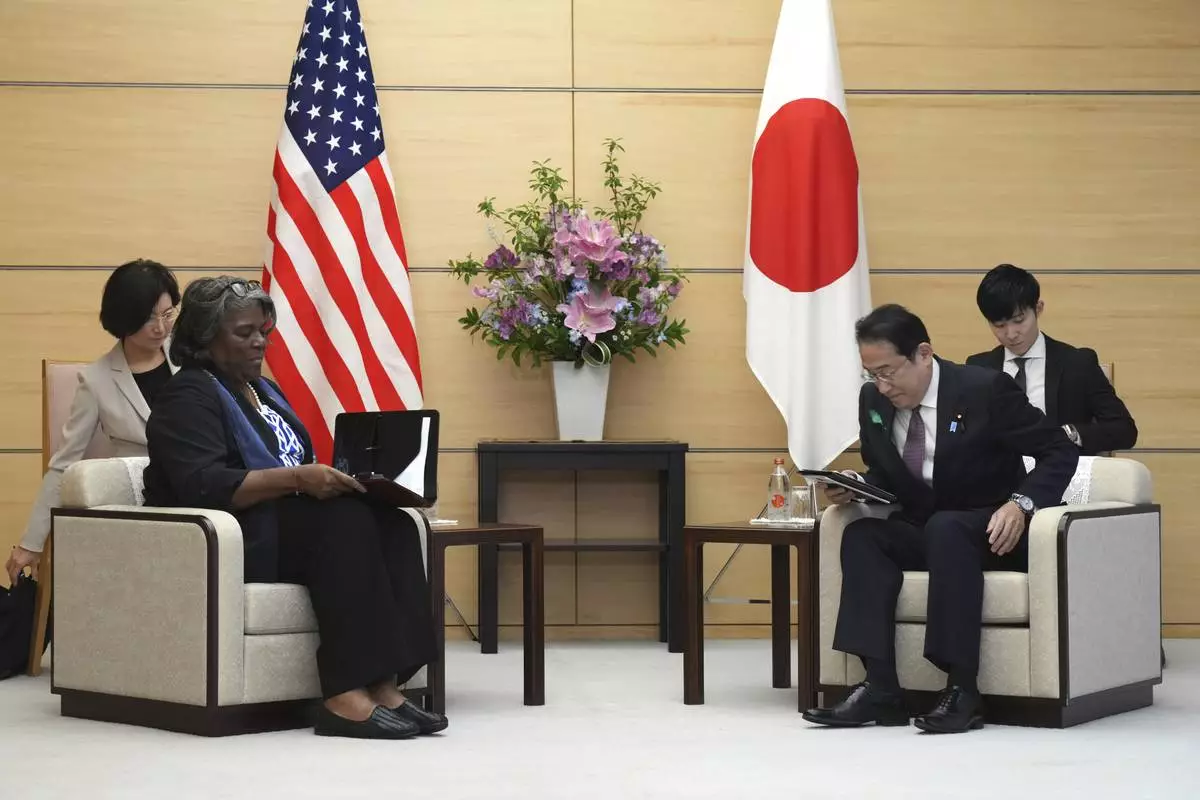
U.S. Ambassador to United Nations Linda Thomas-Greenfield, left, and Japan's Prime Minister Fumio Kishida, right, prepare to talk during a meeting Friday, April 19, 2024, at prime minister's office in Tokyo. (AP Photo/Eugene Hoshiko, Pool)










